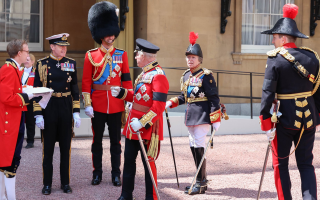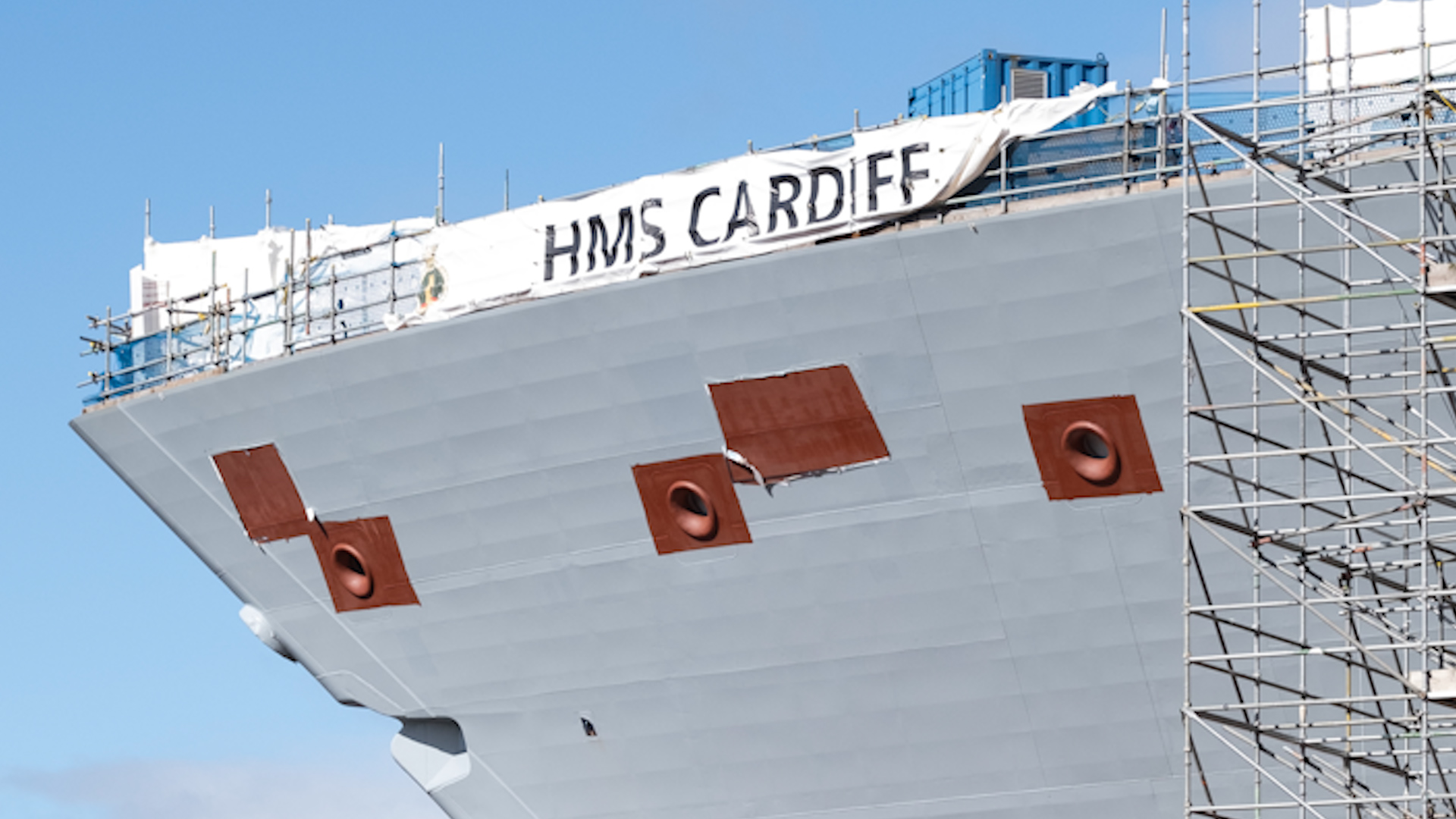
HMS Cardiff: Construction of Royal Navy's new Type 26 frigate gathering pace

HMS Cardiff is an imposing presence on the banks of the Clyde in the heart of Glasgow, towering over BAE Systems' Govan shipyard.
She is the second of the Royal Navy's new Type 26 frigates that will replace the Type 23 ships that are currently in service.
HMS Cardiff is almost structurally complete and is due to be floated out of the yard in the autumn ready to be fitted out – and Forces News was invited on board to take a look.
The distinctive radar tower can be seen even before you enter the yard and, despite some plastic covering to shelter workers from the Glasgow elements, she looks ready to head out to sea.
We climb seven flights of steps from the ground to get up to the deck – giving a sense of the size of this 6,900-tonne ship.
While the vessel is taking shape from the outside, there is still a lot of work to be done on the interior.
The corridors of bare steel with chalk markings used to help the fabrication of the structure, with wires and plastic pipes hanging from the ceiling, mean there is still much work to be done before she sets off to sea.
Fire-retardant plastic covers the floors as teams of workers continue the build.
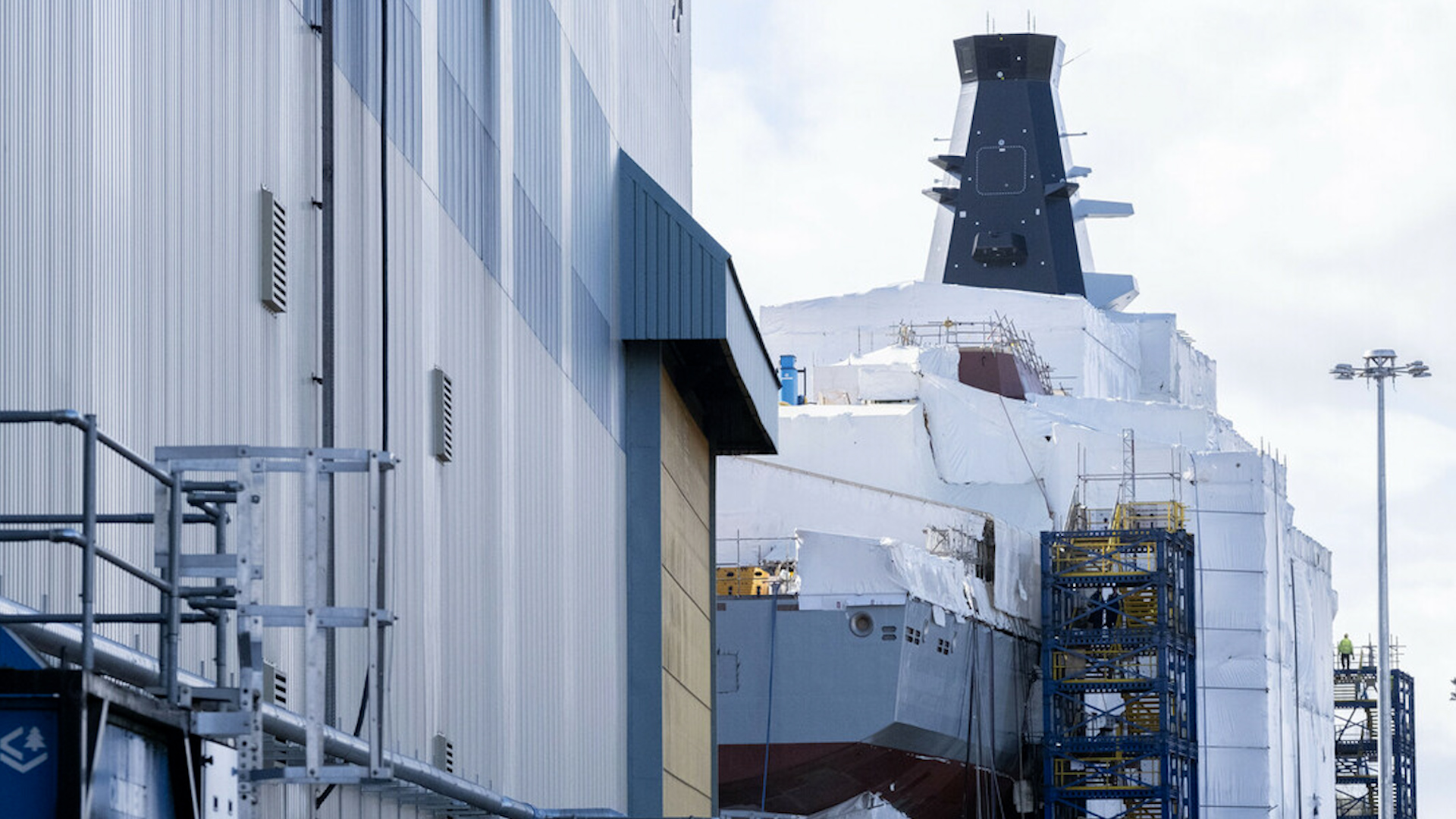
We are taken to what will be the senior rate mess – which currently serves as a meeting room for the construction team.
Where the tables and chairs will eventually sit there are two rows of computers and a whiteboard for the daily morning meetings which take place as the ship continues to take shape.
The Type 26 mission bay is still covered in scaffolding – we are told there is an extra 10ft above the platform we can see – that can house boats for amphibious operations, water-making equipment or humanitarian aid.
We were also taken to see the ship's gearbox which has even been fitted with rubber on the pipe brackets to dampen any noise that could be detected by submarines.
Cardiff's sister ship HMS Glasgow is further down the construction journey and is already being fitted out at the company's yard across the Clyde in Scotstoun.
The vessel is at least 65% complete with a crew of 20 Royal Navy personnel already on board writing the operations manual and getting acquainted with this new class of ship.
The Type 26 will be the Royal Navy's primary anti-submarine platform – and is designed to be as stealthy as possible.
The vessels will be equipped with a Sea Ceptor anti-air defence missile system and a flight deck capable of handling aircraft up to the size of a Chinook helicopter.
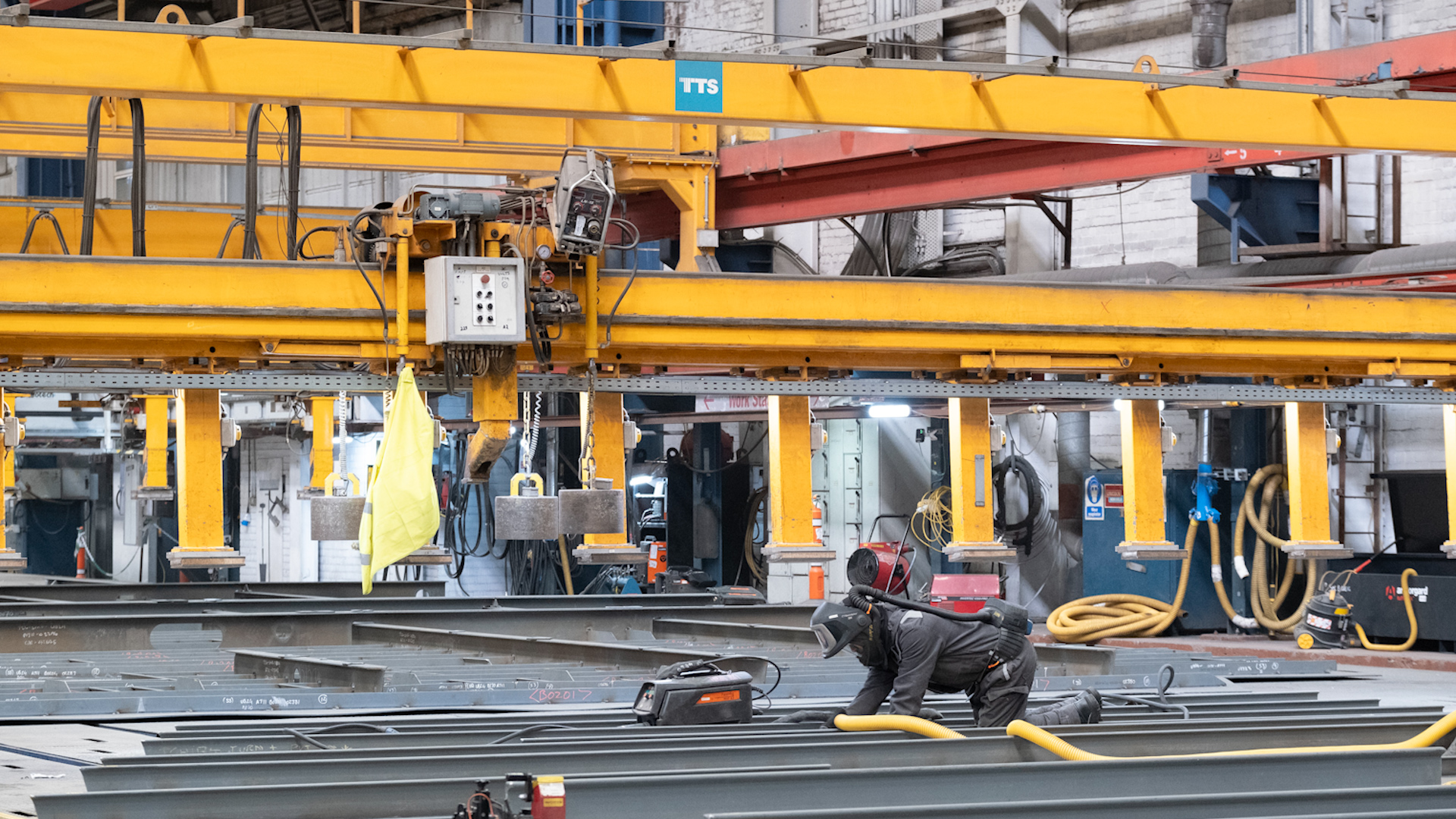
Sir Simon Lister, the managing director of Naval Ships BAE Systems, said: "She is designed to be a very, very capable anti-submarine warfare frigate and I think we all know just how important the anti-submarine warfare capability is.
"This represents an uplift in the capability compared to the Type 23 that's now getting to the end of its life.
"As a submariner, I know just how tricky this ship is going to be to deal with in future.
"I think the submarine commanders [are going to have to] respect the capability of this ship.
"She's very quiet, she's got long legs and she can go in harm's way and look after herself and her crew."
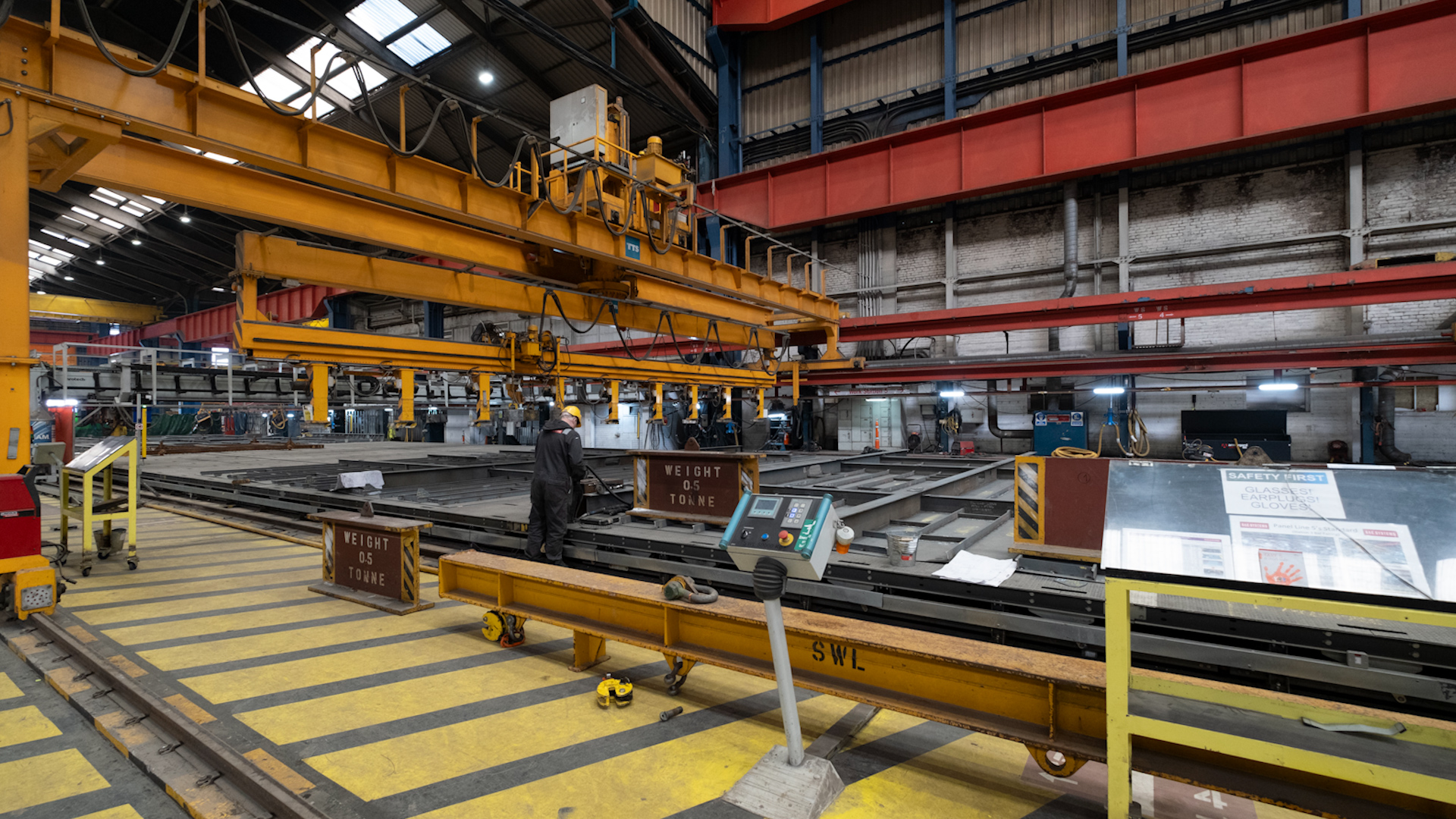
There are currently four Type 26 ships under construction – HMS Belfast and HMS Birmingham are being built, while the first steel will be cut on a fifth of the fleet of eight frigates in the next nine months.





